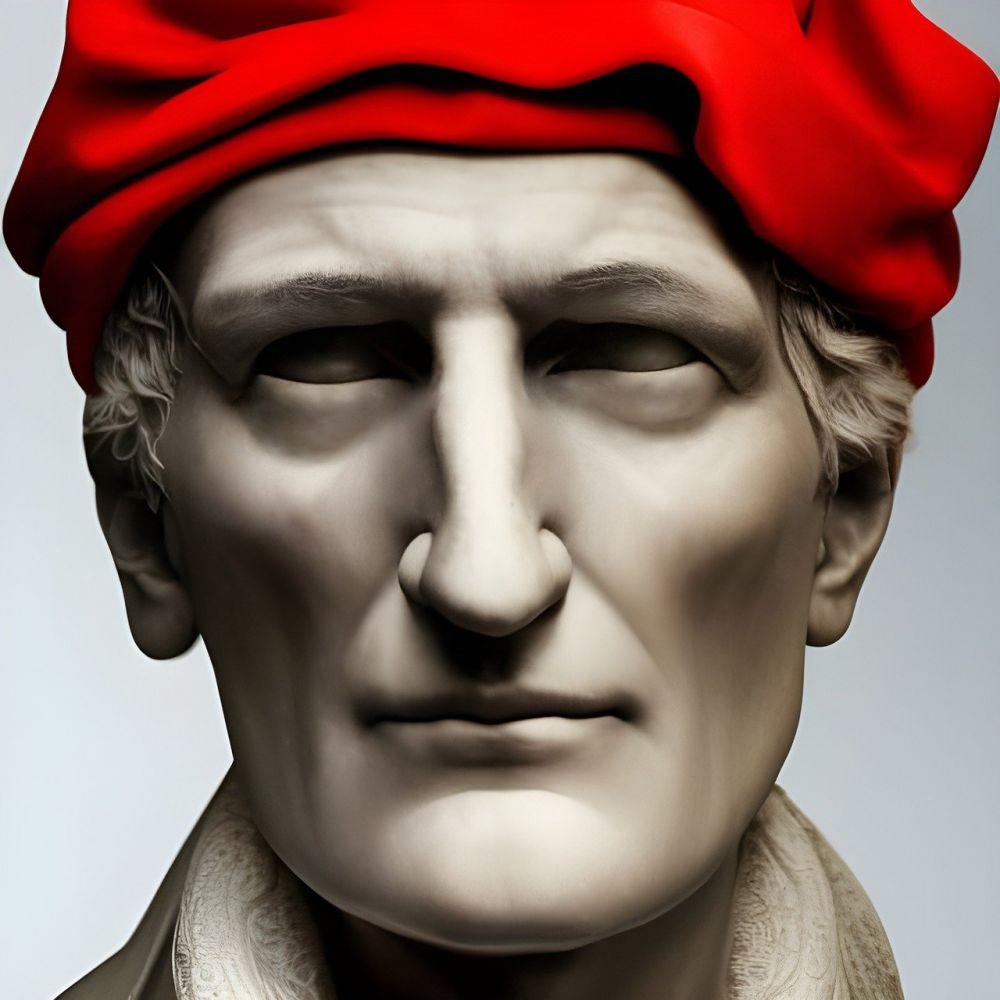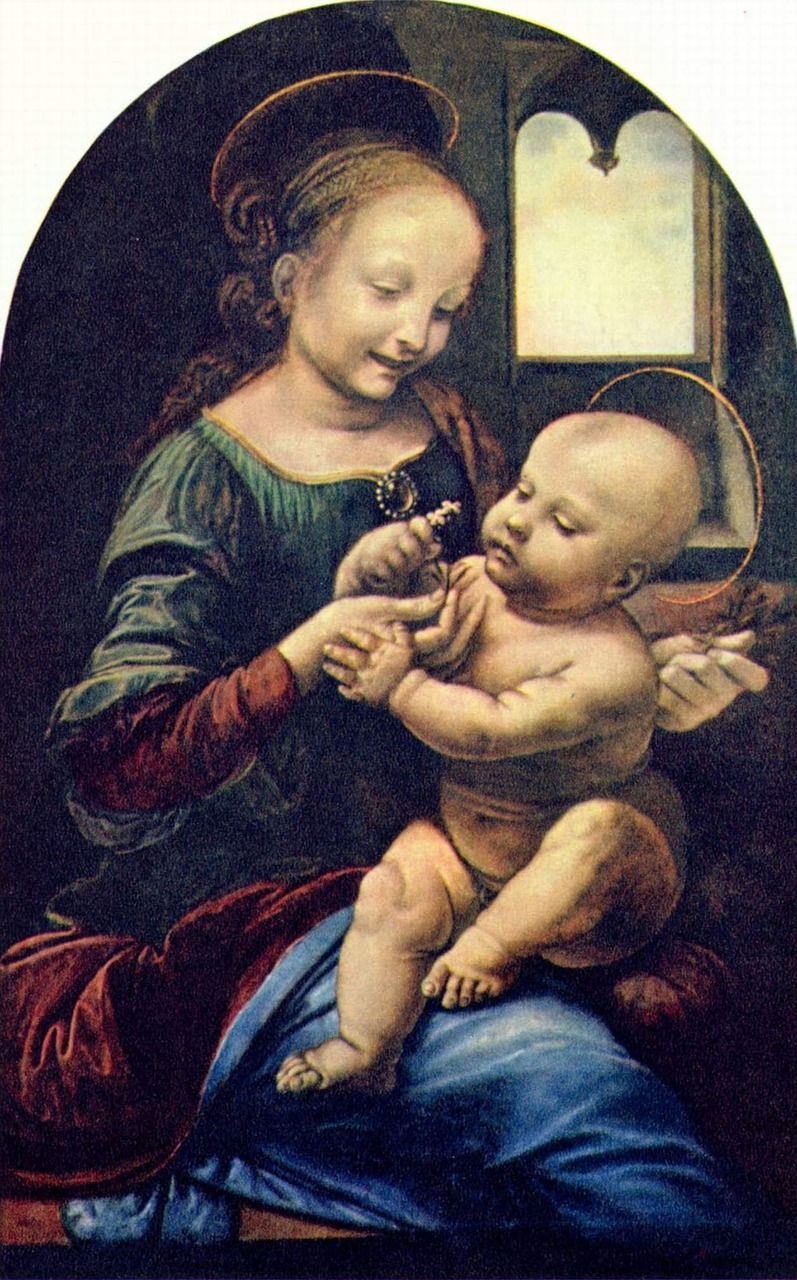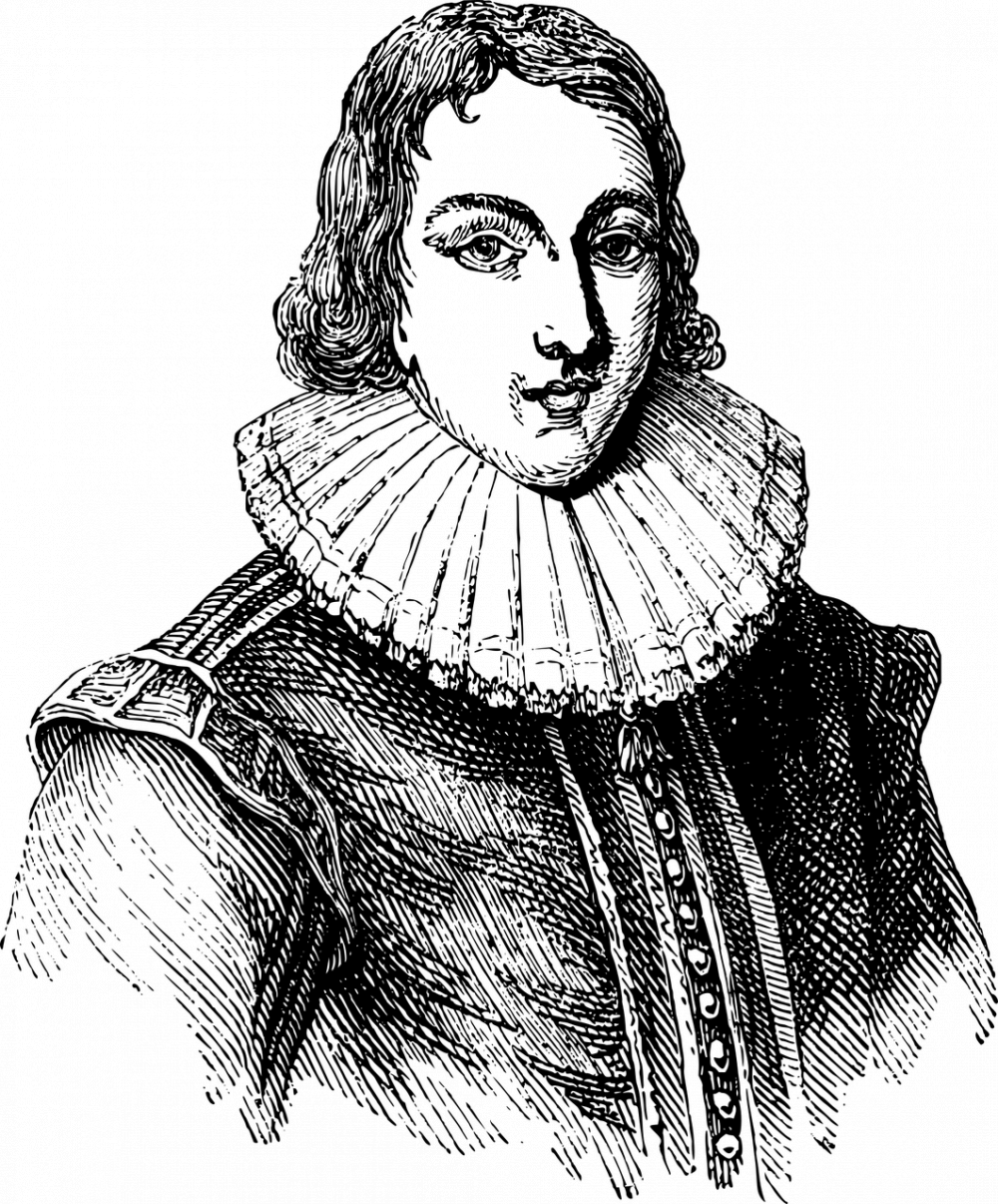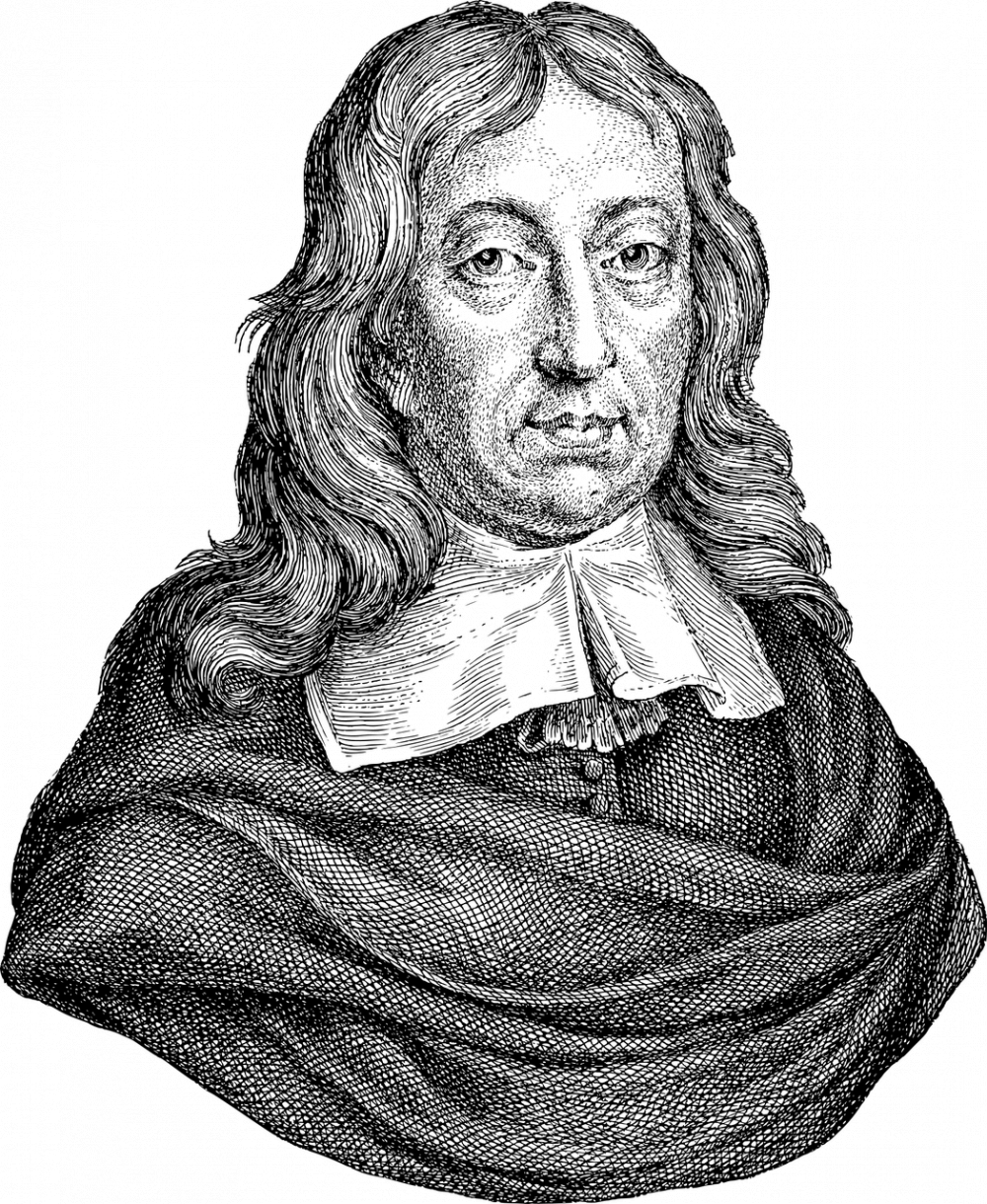Edgar Allan Poes The Raven: A Haunting Masterpiece
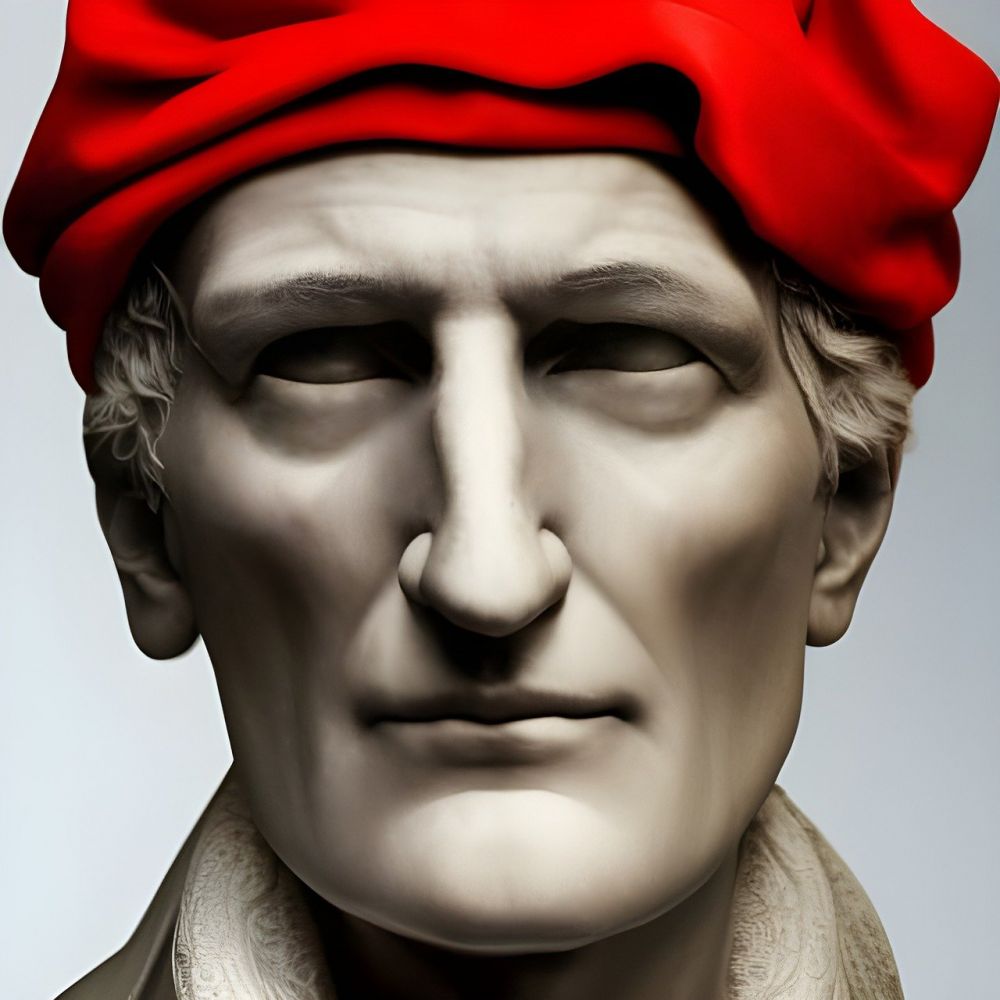
Introduction
Edgar Allan Poe’s “The Raven” is a renowned and haunting poem that has gripped the minds of readers for generations. With its mesmerizing rhythm and eerie atmosphere, this masterpiece has left an indelible mark on literature and the horror genre. In this article, we will delve into the importance of “The Raven” for those interested in Poe’s works, explore its historical significance, and unravel its evolution over time.
Understanding “The Raven”
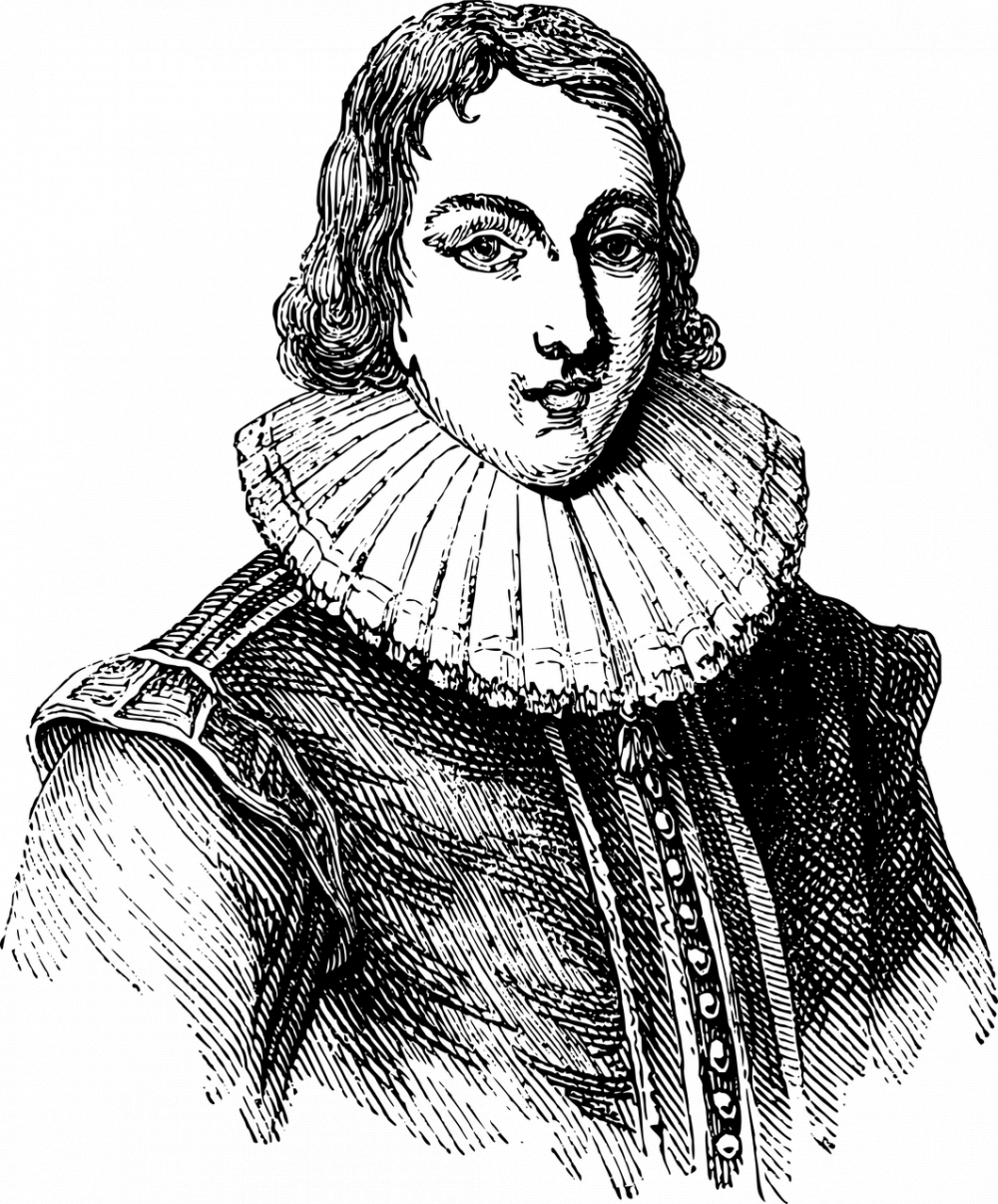
“The Raven” was first published in 1845 and tells the tale of a grieving narrator who is visited by a mysterious talking raven. The poem explores themes of loss, sorrow, and the descent into madness. It is characterized by its distinct rhythm, mesmerizing repetition, and use of vivid imagery. Through the narrator’s encounters with the raven, Poe crafts a chilling narrative that delves into the human psyche.
Historical Context
Poe’s “The Raven” emerged during a time known as the American Romantic Period, which spanned from the late 18th to the mid-19th century. This period was characterized by a fascination with the supernatural, exploration of emotions, and an emphasis on individualism. “The Raven” reflects these characteristics, as it showcases the author’s ability to delve deep into human emotions and create an eerie, otherworldly atmosphere.
Development and Impact
Upon its publication, “The Raven” received both critical acclaim and popular success. Its melodic rhythm and macabre themes resonated with readers, making it an instant hit. The poem catapulted Poe to fame and solidified his reputation as a master of the macabre. It also became one of his most famous and recognized works, cementing his place in literary history.
Over the years, “The Raven” has been adapted and referenced in various forms of media, from films and plays to music and literature. Its influence can be seen in the works of other renowned authors like H.P. Lovecraft and Stephen King, who have drawn inspiration from Poe’s dark and atmospheric style. Moreover, the poem has become a symbol of Gothic literature and continues to captivate audiences in the present day.
Analysis of “The Raven”
“The Raven” is a captivating work that can be analyzed through various lenses. One prominent interpretation focuses on the narrator’s descent into madness, emphasizing the impact of grief and loss on the human mind. The repeated refrain of “nevermore” echoes the idea of perpetual sorrow and the inescapable nature of death. The raven, a symbol of wisdom and death, serves as a constant reminder of the narrator’s grief and impending doom.
Another angle of analysis explores the symbolism within the poem. The raven itself represents a supernatural entity, a bringer of darkness and despair. It symbolizes the narrator’s inability to move on from his loss, as well as the cyclical nature of grief. Additionally, the use of various Victorian symbols, such as the bust of Pallas and the chamber’s decor, adds a layer of depth and intricacy to the poem.
[INSERT VIDEO HERE]
“The Raven” as a Featured Snippet
To increase the chances of this article becoming a featured snippet on a Google search, we have structured the text in a clear and organized manner. Starting with an tag, followed by H2 tags for each section, we provide a concise overview and in-depth analysis. Additionally, we provide bullet points to highlight key information, aiding in readability and search engine optimization.
Conclusion
Edgar Allan Poe’s “The Raven” stands as a testament to the power of poetry and its ability to evoke emotions and plant seeds of fear in readers’ hearts. Its timeless allure and profound impact on literature make it a must-read for anyone interested in the macabre and the human psyche. As we continue to explore the depths of Poe’s genius, “The Raven” remains a haunting presence, forever reminding us of the fine line between reality and the shadows that dwell within our souls.
